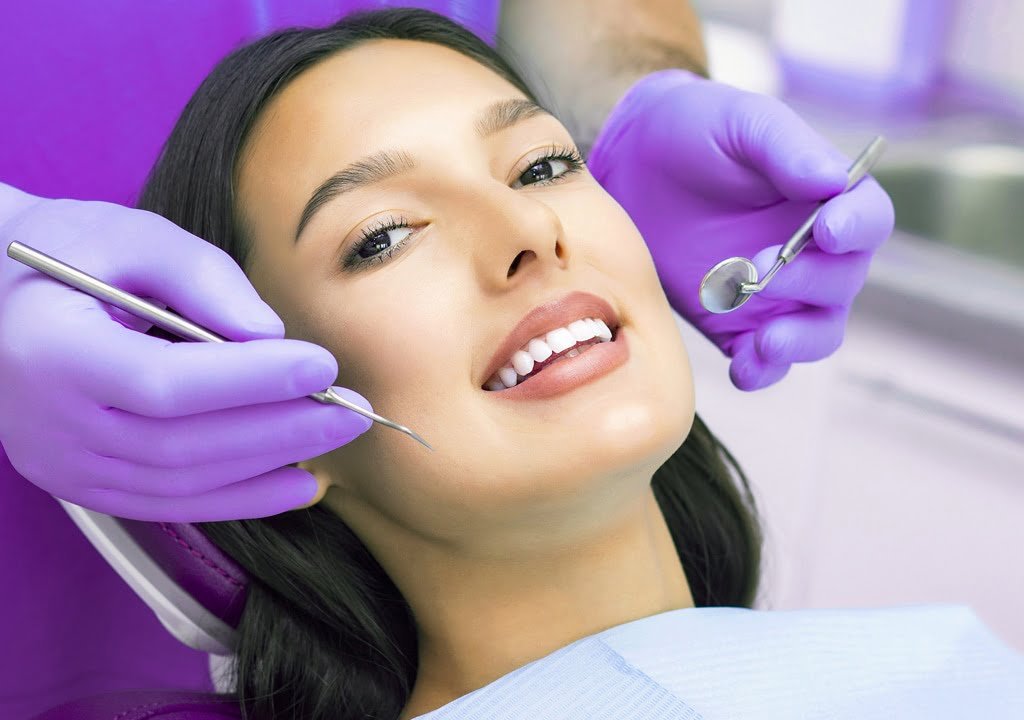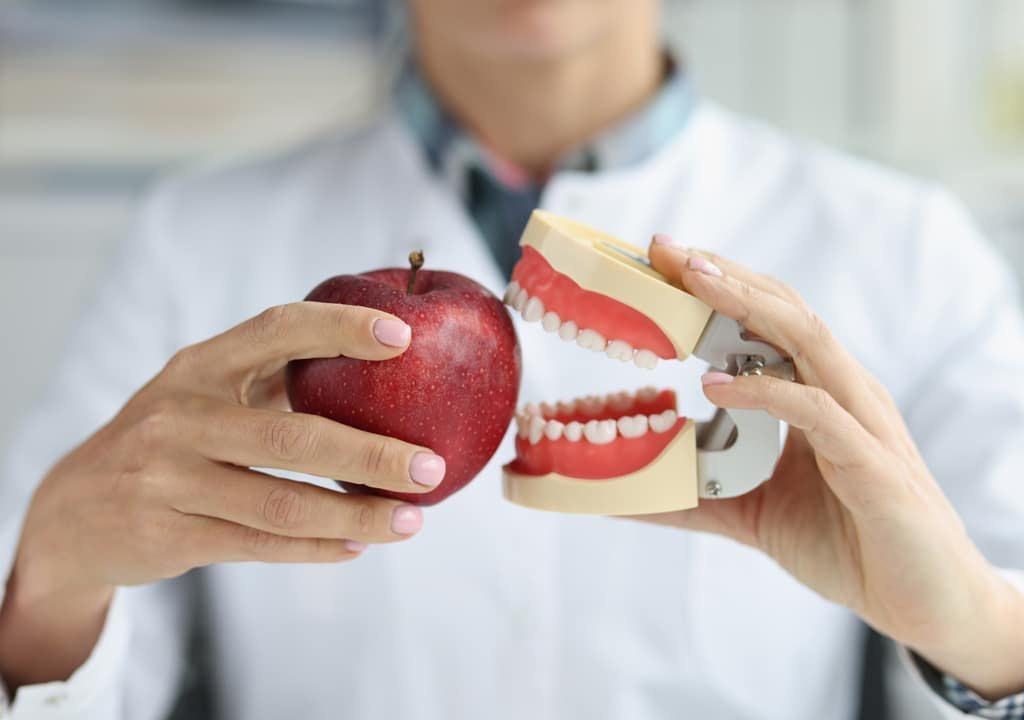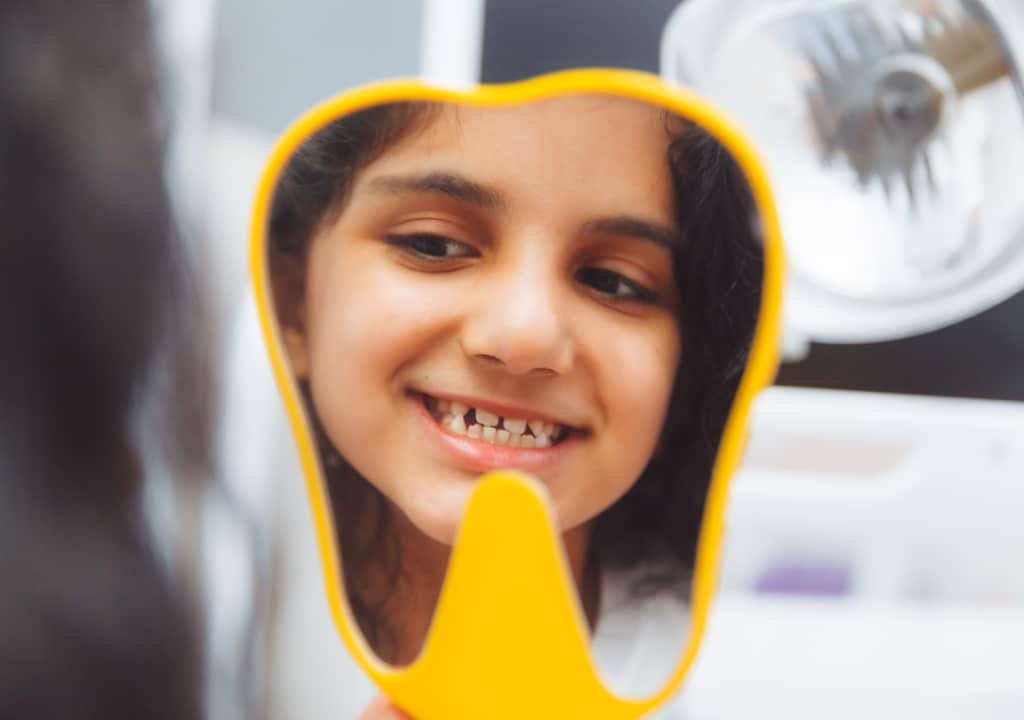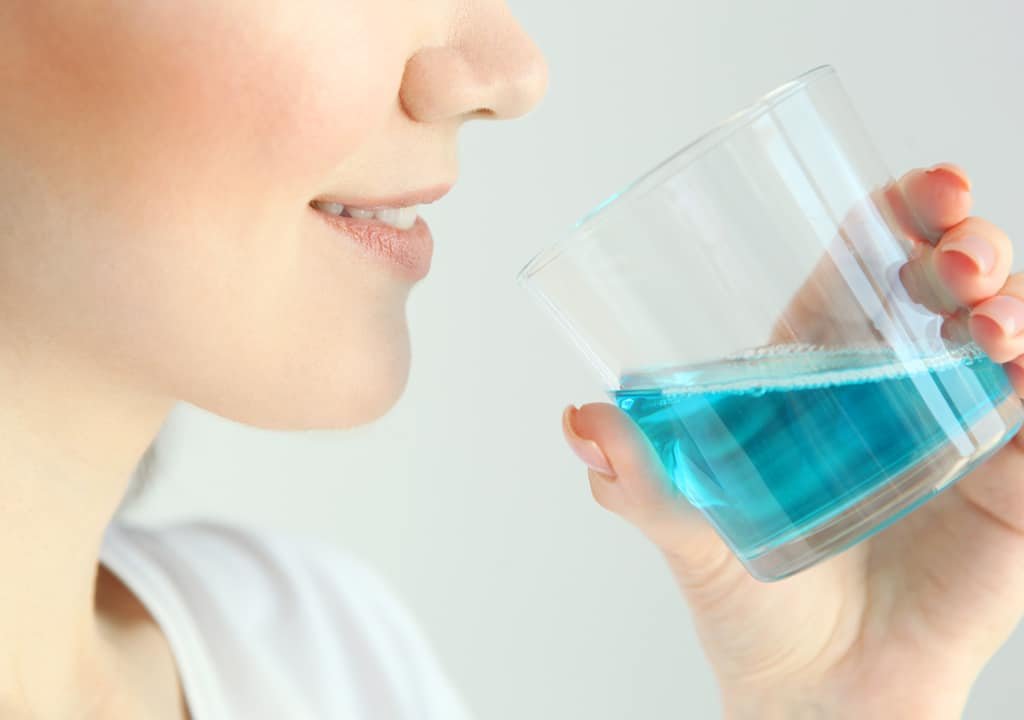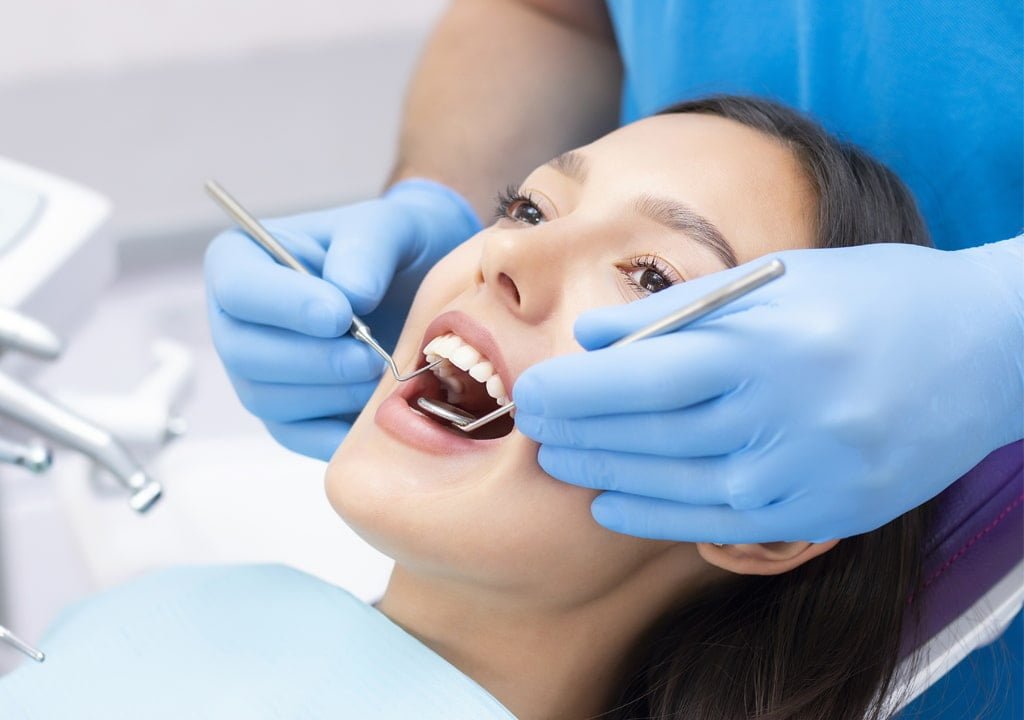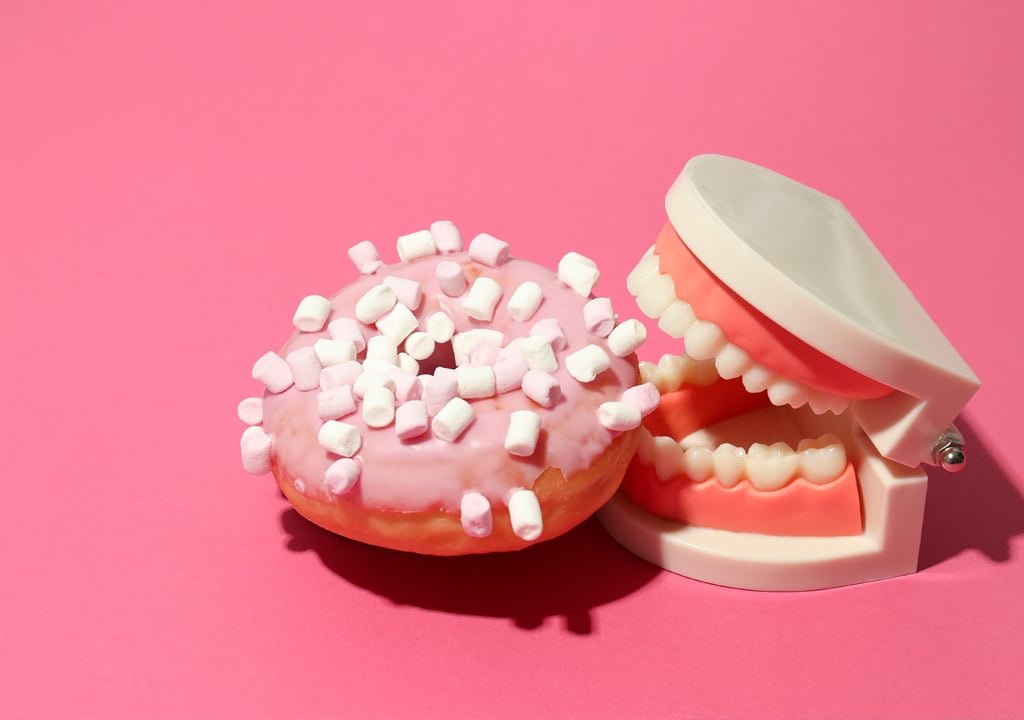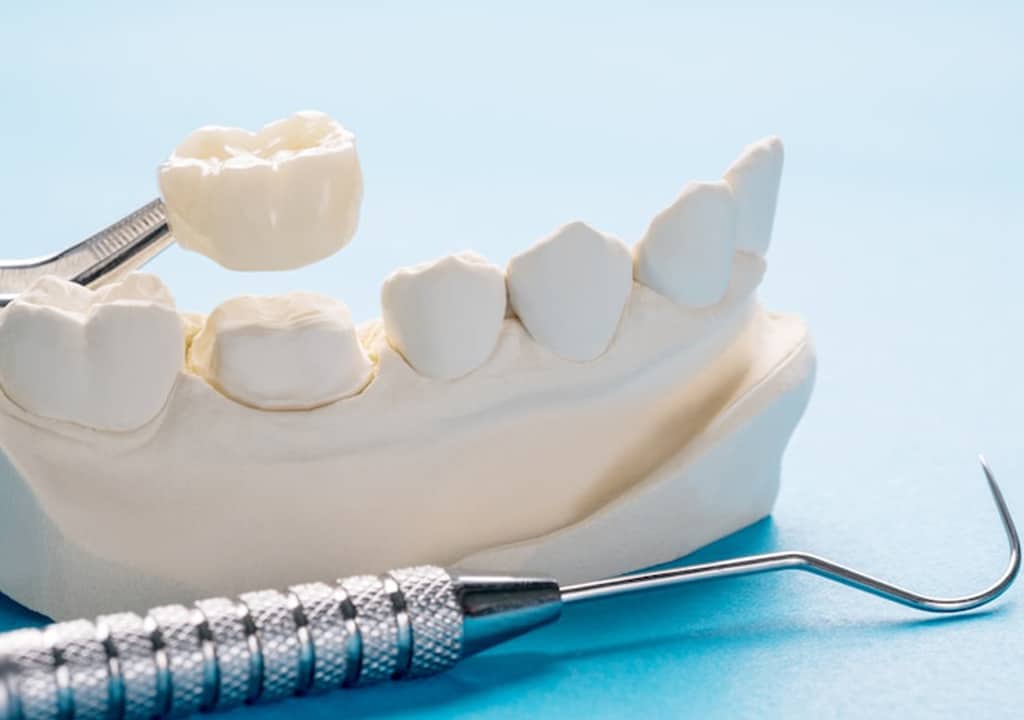Blog
Important Insights on Dental Implant Recovery
Introduction:
We have compiled this article on “Facts About Dental Implant Recovery Process”. The reference links are at the bottom of the article.
[1]Dental implants are a common treatment for the loss of teeth. This paper summarizes current knowledge on implant surfaces, immediate loading versus conventional loading, short implants, sinus lifting, and custom implants using three-dimensional printing. Most of the implant surface modifications showed good osseointegration results. Regarding biomolecular coatings, which have been recently developed and studied, good results were observed in animal experiments. Immediate loading had similar clinical outcomes compared to conventional loading and can be used as a successful treatment because it has the advantage of reducing treatment times and providing early function and aesthetics.
Short implants showed similar clinical outcomes compared to standard implants. A variety of sinus augmentation techniques, grafting materials, and alternative techniques, such as tilted implants, zygomatic implants, and short implants, can be used. With the development of new technologies in three-dimension and computer-aided design/computer-aided manufacturing (CAD/CAM) customized implants can be used as an alternative to conventional implant designs. However, there are limitations due to the lack of long-term studies or clinical studies. A long-term clinical trial and a more predictive study are needed.
The American Academy of Implant Dentistry says that more than 300,000 dental implants are placed each year in the US. So how fast can one return to normal day-to-day activities once the procedure is completed?
[2]What Is A Dental Implant?
A dental implant procedure is done to replace a tooth that has decay or other periodontal diseases. This is one of the most effective ways to replace teeth that are beyond repair. Dental implants are replacements for tooth roots and are made of titanium. An implant is attached to the gum or jaw and acts as an anchor to place the artificial tooth called the ‘crown’.
A dental implant is a complicated dental procedure and requires effort and time. Hence, it might take longer to recover from it, compared to other procedures.
How Long Before I Recover From a Dental Implant Procedure?
The recovery time for an implant procedure varies from person to person. Each person’s dental constitution and condition is unique. While some can return to their daily routine in a few days, some others could experience ongoing pain even for weeks.
The one thing to keep in mind is that the subsiding of pain does not indicate a full recovery.
A dental implant is done in a few steps and each step requires a specific time to be effective or as a cool-off period:
- The implant is placed first into the socket and is left there for a few weeks or months. This period allows the jaw to grow around it and strengthen the implant (Osseointegration).
- An abutment is later attached to secure the implant and is left for the complete integration of the implant.
- The final step is the placement of the artificial tooth or the crown. The placement of the crown is generally not a painful process and so does not require a long recovery time.
Factors Affecting Dental Implant Recovery
- The strength of the jawbone- the jawbone needs to be strong to hold the implant
- Chronic illnesses like diabetes and leukemia can slow down recovery
- Tobacco usage affects the healing process
A dental implant usually requires a relatively long time for a complete recovery. But people who undergo the process can go on with their daily routine as the pain and any discomfort can be easily treated
Conclusion:
Thank you for reading this article, and check back frequently for other dental health articles. Should you have any questions, please contact Apple Tree Dental today!
Article compiled by Apple Tree Dental
Article reference links

